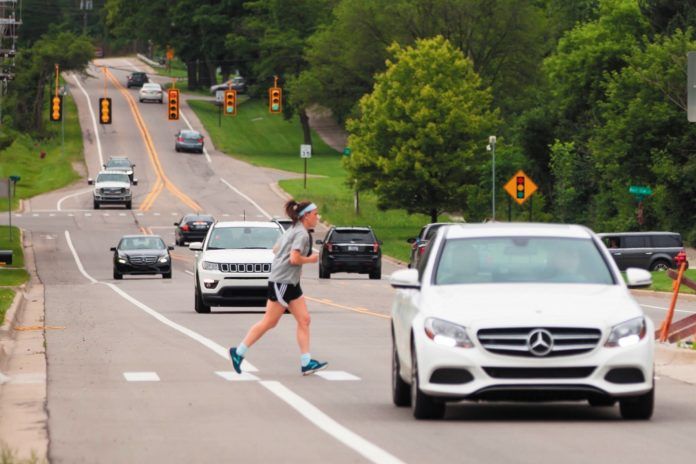Risk is a topic that often gets me musing about where we, as pilots, fit into the scheme of risk takers. Muse along with me.
Living involves risk. You can stay in your bed to minimize that risk, but you can’t eliminate it. Your house might burn; there might be an earthquake or a tornado. Or, I might have problems in my airplane and return to earth nose down onto the bed where you’re hiding.
Clearly, few are so afraid of life’s risks that they stay in bed. We drive to work on highways where thousands die every year. We work in offices, stores, or perhaps riskier settings like oil fields or construction sites. Then, in our off time, perhaps we’ll take a hike, risking a fall or an encounter with a wild animal.
Are you a skier? (Water or snow, doesn’t matter.) Skiers die every year. Perhaps you ride a motorcycle—not the safest mode of transportation. Some of us actually go flying and jump out. Surely, hurtling toward earth at the terminal velocity (good expression) of the human body entails some risks.
Everything we do has risk, sometimes slight, sometimes significant. Our challenge becomes minimizing that risk to the point where it becomes an acceptable tradeoff for the rewards it presents. There are few endeavors where this balance is more obvious than in aviation.
Not to undo the tireless efforts of GA advocates, but let’s face it: GA flying is dangerous. The presentations at the recent Twin Cessna Flyer convention I attended illustrated that the increased risk in GA can be narrowed down to two primary points: errors or shortcomings in maintenance and in pilot skill. Neither should be a major revelation.
Anyway, once we accept that GA flying is dangerous, we can focus on making it less so. Look at maintenance. Tony Saxton of TAS Aviation, a Twin-Cessna specialist, reports that the total number of annuals they can do in a year has decreased by a whopping 28 percent simply because there’s more to inspect (from ADs, service bulletins, or just from experience) and more discrepancies to fix; their comprehensive annual merely takes longer.
As any mechanical device ages, it wears. If the wear is unchecked, it will eventually lead to failure. That’s the state of our GA fleet. So, our annuals should be taking longer, finding more parts to replace and adjustments to make, just to keep the risk of mechanical failure at the same low level.
We’ve talked endlessly about pilot proficiency and we’re not going to stop. But, for now let’s just agree that if you truly want to lower GA risks, you’ll fly and train often. And I mean serious simulator training to explore all the edges of your capabilities.
Bottom line: Yes, flying is risky. However, like the millions of other risks in your life that you accept as worth the rewards, you need to do everything possible to address and manage that risk while getting the most out of your flying. Start by getting thorough maintenance, and training aggressively.
—Frank Bowlin





